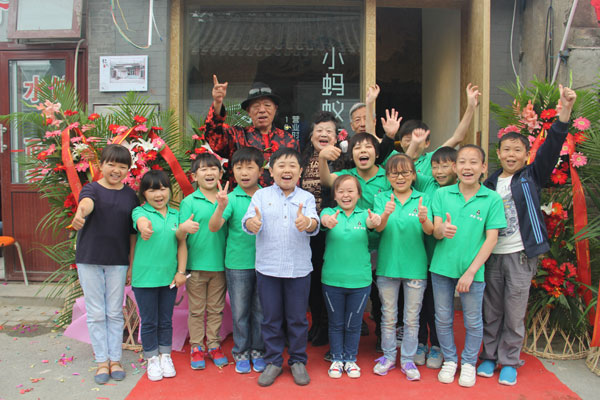 |
|
The Little Ants troupe.[Photo provided to chinadaily.com.cn] |
The dexterous girl soon picked up the skill of carving puppets out of leather, painting them, manipulating the puppets and performing for the audience. Now an outgoing and talkative all-rounder, Li’s face does not reveal her past low self-esteem.
"In the past, I just didn't want to communicate with people. I always felt they would tease me," she recalled. "Now all my family members told me I've changed. I don't know how, but I am really glad that I found a job I love and can also support myself."
Although Yang and her colleagues took the job to earn a living, they have also gradually come to understand the deeper significance and responsibility of their jobs – to keep an old folk art alive.
Yang and her colleagues are all able to fluently introduce the history and story of shadow puppetry to any audience.
Shadow puppetry originated in north China about 2,000 years ago during the Western Han Dynasty (206 BC- 24 AD). The puppets are made of animal skin, tree bark or paper board, and attached to long rods that the artists can control behind a white cloth. On the other side, the audiences watch the shadows of the puppets on the white screen while the puppeteers bring the characters alive.
Shadow puppetry was widely popular in the past when entertainment options were limited. The folk art is still being performed in some rural areas but gradually lost appeal to urban audiences.
Watch the video: Little puppeteers dream big
|
|
|
|
|
|
